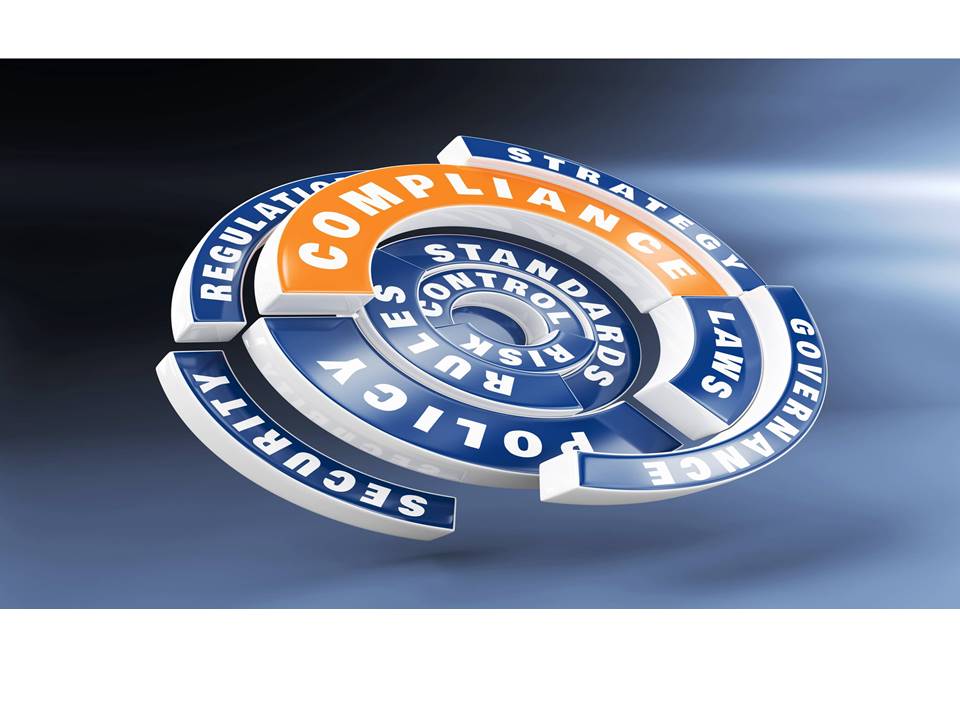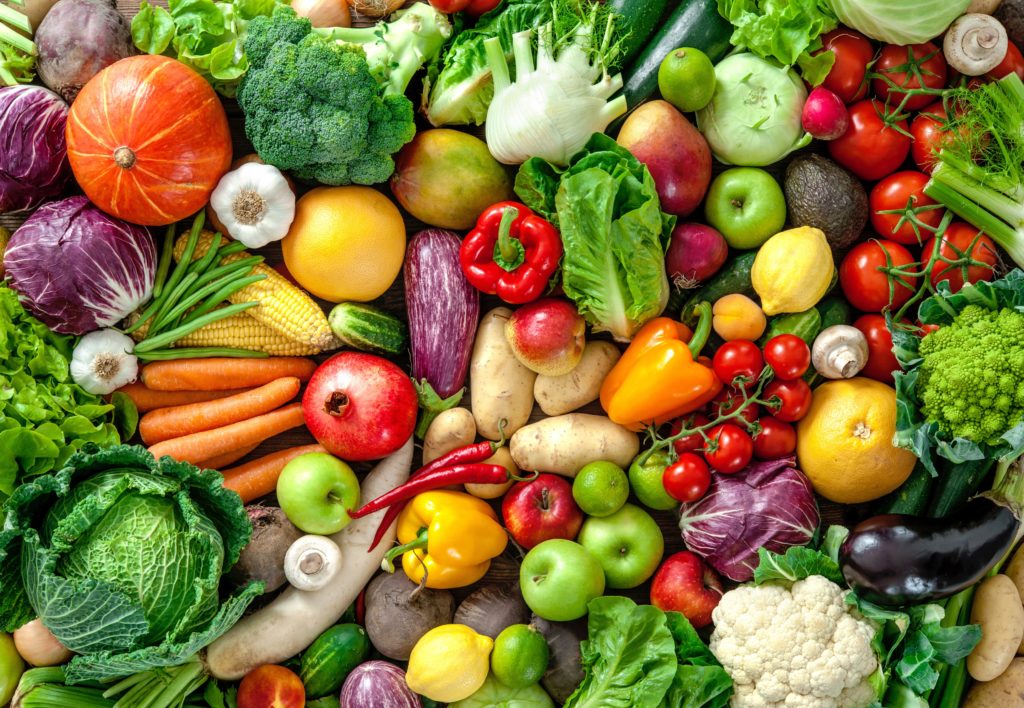Reconciliation Bond Rider
What is US Customs Reconciliation
Reconciliation Prototype and Bond Rider
US Customs Reconciliation is a program that allows importers to make changes to the import entry summary after goods have been released from Customs custody. The changes may include correcting errors, adding omitted information or changing data related to tariff classification, value, quantity or origin of imported goods.
The Automated Commercial Environment (ACE) Reconciliation Prototype is an electronic system developed by US Customs and Border Protection (CBP) to facilitate the filing of reconciliation entries. The prototype allows importers to file and manage reconciliation entries online, and receive real-time status updates on their filings.
The reconciliation process involves filing an entry summary within 10 working days of the date of release of the goods, followed by filing a reconciliation entry within 21 months of the date of the entry summary filing. The reconciliation entry must include any changes or amendments to the original entry summary, and any additional duties, taxes or fees owed must be paid at this time.
A reconciliation bond may be required by CBP for importers participating in the reconciliation program. The bond provides financial security to CBP in case an importer fails to comply with the reconciliation regulations, including the payment of any additional duties, taxes or fees owed. The amount of the bond is determined by CBP based on the importer's estimated duties, taxes and fees owed during the reconciliation period.
The reconciliation bond is required by CBP for importers who are not enrolled in a voluntary compliance program or who have a history of non-compliance with Customs regulations. It is also required for certain types of entries, such as those involving textiles, footwear or certain agricultural products.
How to Proceed with Reconciliation Prototype
Importers are responsible to report correct and accurate classifications and values of the imported merchandise to the U.S. Customs and Border Protection (CBP). However, it is not always possible to deliver the information required to clear Customs at the time of entry.
The Customs Modernization Act (Mod Act) provides legal authority for reconciliation process known as the Automated Commercial Environment (ACE) Reconciliation Prototype.
ACE Reconciliation Prototype allows importers to file their entry summaries before they have all the required information using the best available information they have on file and electronically “flag” estimated elements, with the mutual understanding that CBP will receive the actual information at a later date. Importers then provide the corrected information on a new type of entry called a Reconciliation.
In-Depth Coverage: Country of Origin
- Country of Origin of Imported Merchandise
- Customs Ruling: Country of Origin
- Country of Origin: Food Products
- Country of Origin: Chemical and Pharmaceutical Products
- Country of Origin & Country of Manufacture: CBP vs. FDA
- Country of Origin: Substantial Transformation or Country of Assembly Test
- Country of Origin and Free Trade Agreement
- Country of Origin and Section 301
Reconciliation allows an importer to revise certain elements of an entry summary that were undeterminable at the time the merchandise was entered. For example, the importers are allowed to report the shipment’s value and classification best available at the time of entry. These fields are then flagged for future reconciliation, which can be completed once accurate values are available. An importer can postpone reconciliation for up to 21 months (12 months for FTA claims).
All importers are automatically eligible for participation in the ACE Reconciliation Prototype as long as they have a valid continuous bond and a valid reconciliation bond rider on file for each importer of record number that wishes to participate in the ACE Reconciliation Prototype (including the two-digit suffix). Adequate bond coverage must exist for Reconciliation.
Entry summaries may be flagged for any of the issues listed below or any combination of the four and can be reconciled after clearing Customs.
- Valuation
- 9802
- HTS Classification, (for ONLY those issues pending ruling, protest or court action)
- 520(d): NAFTA/FTA and certain other eligible Free Trade Agreements
In-Depth Coverage: Importing Medical Device
Time for Filing
Importer of record has up to 21 months (12 for FTA entries) to file required information
FTA/NAFTA:
- Twelve (12) months from the date of importation of the oldest entry summary flagged.
Value/Classification/9802:
- Twenty-one (21) months from the date of entry summary of the oldest entry summary flagged.
No extensions will be allowed on the deadlines for filing reconciliations.
How does Reconciliation work?
- Obtain a Reconciliation Bond Rider and have it added to your Continuous Customs Bond.
- Designate shipments the Rider will be used for. You can flag specific shipments to be covered by the Reconciliation Bond Ride or you can set up the Bond Ride to cover shipments over a specified period of time.
- When your shipment arrives at the port of entry, determine the issues to be flagged in the entry summary. It may be any of the four issues listed above or any combination of the four.
- Once the correct information is available the flagged issues can be reconciled.
- Duties are recalculated based on the revised information and the difference is paid or refunded.
In summary, US Customs Reconciliation and ACE Reconciliation Prototype are programs that allow importers to make post-release changes to their import entry summary, and a reconciliation bond may be required by CBP to ensure compliance with the reconciliation regulations.
In-Depth Coverage: Cosmetics Import Requirements
In-Depth Coverage: Customs Valuation
In-Depth Coverage: USDA-Regulated Products
- Importing USDA-Regulated Food Products
- Import Regulation by USDA Agricultural Marketing Service (AMS)
- Food Products – FDA or USDA Regulated
- Country of Origin Labeling
- Importing Animals, Animal Products, and Biologics into the US
- Importing Meat, Poultry, and Egg Products into the US
- Labeling and Marking of Imported Meat, Poultry, and Egg Products
- USDA National Organic Program (NOP)
- Agricultural Safeguards and USDA Licensing
Customs Clearance and Import Requirements
- Entry of Imported Merchandise
- What is Section 321 Entry?
- What is Automated Commercial Environment (ACE)
- What is an Automated Broker Interface (ABI)?
- Who is Ultimate Consignee?
- What is Non-Resident Importer Program?
- Country of Origin of Imported Merchandise
- What is the Country of Assembly?
- What is the FDA's Country of Manufacture?
- Marking of Country of Origin on U.S. Imports
- What is Customs Bond?
- Reconciliation Prototype and Bond Rider
- Who Needs a Customs Broker?
- What is Customs Ruling Program?
- Classification of Imported Goods
- How is imported merchandise appraised?
- What are Import Quotas?
- What are Trade Remedy Duties?
- Antidumping Duty (AD) and Countervailing Duty (CVD)
- What is Foreign Trade Zone (FTZ)?
- What is Importer Security Filing (ISF)?
- What is Temporary Importation under Bond (TIB)
- What is In-Bond Process?
In-Depth Coverage: Marketing and Advertising Compliance
- Federal Trade Commission (FTC) Advertising Rules
- Made in USA Standard
- FTC Regulation on Environmental Claims
- Adverting and Marketing on the Internet
- Label Claims for Conventional Foods and Dietary Supplements
- Dietary Supplement Advertising: What is FTC's Truth-in-Advertising Law?
- USDA Country of Origin Labeling (COOL)
- FTC Rules & Regulations on Food Advertisement
In-Depth Coverage: Trade Remedies
In-Depth Coverage: Importing Food Products
- What is FDA Food Safety Modernization Act (FSMA)?
- Prior Notice of Imported Foods
- FDA Food Facility Registration
- Risk-Based Preventive Controls for Human Food
- Risk-Based Preventive Control for Animal Food
- Protect Food against Intentional Adulteration
- What is Foreign Supplier Verification Program (FSVP)?
- What is FSMA Produce Safety Rule?
Quick Link To U.S. Customs & Import Requirements
Guidance on customs & logistics solution for traditional and e-commerce importers and exporters
Customs Clearance
All goods imported into the U.S. are required to be declared to CBP. Our customs broker will help you stay in compliance with customs laws and regulations and clear your goods quickly and efficiently with our electronic Automated Commercial Environment (ACE) and Automated Broker Interface (ABI) Single Window System.
Warehousing & Distribution
Our warehouse facility offers great potential for serving as a regional hub with over 145,000 SF storage capacity close to Los Angeles Airport & Los Angeles/Long Beach Sea port. With our extensive experience in freight services, your import/export cargo will be handled quickly and effectively.
Freight Forwarding
Looking for a freight forwarding partner? To move your cargo from its current location through customs to its final destination we will partner with you to find the best way for your business. Whatever your transportation, logistics or customs clearance needs, we will do our best to customize a solution for your needs.
Importer Security Filing (ISF)
An ISF is required when cargo (ocean only) laden on vessel at a foreign port is destined for shipment to the U.S. Under ISF rule, some importing information and details regarding cargo must be transmitted to the CBP at least 24 hours before goods are loaded onto the vessel, or at least 24 hours prior to the departure to the U.S.
Section 321 Entry
Section 321 entry allows importing free of duty and tax for shipments imported by one person on one day having a fair retail value in the country of shipment not more than $800. We provide our resident and non-resident clients with dedicated ACE eManifest solutions for Section 321 entry of all modes of transportation.
E-Commerce
The Internet has made it easy to find and purchase items from almost anywhere in the world. Our e-commerce experts will help you find the right solution for your international transportation, customs clearance, and delivery to your final destination. We also provide value-added repackaging, warehousing and distribution services.
Non-resident Importer Program
If you want to sell your products in U.S. marketplaces, but you are a business owner located outside of the U.S. and do not have an entity or presence in the U.S., you need to be established as a Foreign Importer of Record before your products can be imported into the U.S. We can help you.
FDA-Regulated Products and Import Requirements
- What is Food Safety Modernization Act (FSMA)?
- Prior Notice of Imported Foods
- Food Facility Registration
- Risk-Based Preventive Controls for Human Food
- Risk-Based Preventive Control for Animal Food
- Standards for the Growing, Harvesting, Packing, and Holding of Produce for Human Consumption
- What is Foreign Supplier Verification Program (FSVP)?
- Protect Food against Intentional Adulteration
- FDA Regulated Product in Foreign Trade Zone (FTZ)
- Entry Review Process for FDA Regulated Products
- Country of Origin VS Country of Manufacture
- Foods Regulated by FDA or USDA: What is the Difference?
- Label and Labeling Claims for Conventional Food and Dietary Supplements
- What is USDA Country of Origin Labeling (COOL)?
- Import for Export of FDA Regulated Products
- FDA Regulated Products in Personal Baggage or Sending by Mail or Courier
- International Mail Facility (IMF) and FDA Regulation
- Importing Biological Product Regulated by CBER
- Importing Cosmetics and Voluntary Cosmetic Registration Program (VCRP)
- Importing Drugs into the U.S.
- Importing OTC Drugs into the U.S.
- Importing Veterinary Drugs into the U.S.
- Importing Tobacco Products into the U.S.
- Importing Medical Devices into the U.S
- Importing Food Products into he U.S.
- Importing Radiation-Emitting Products into the U.S.






















